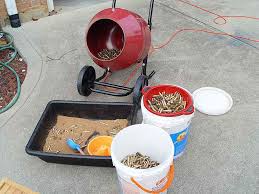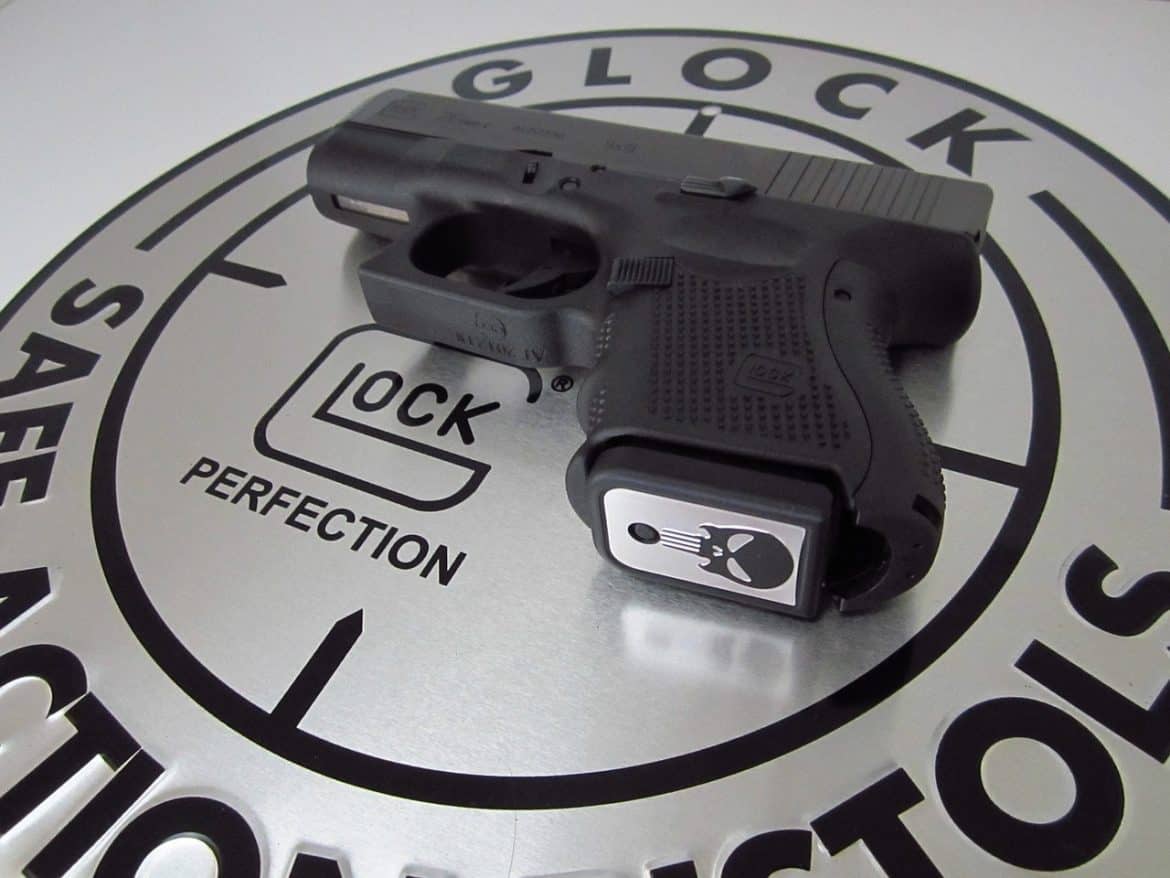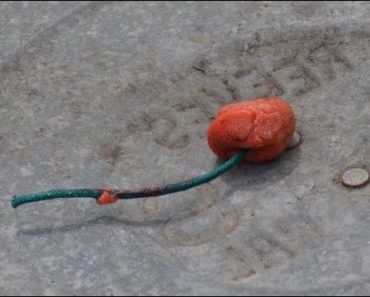Though we do believe that proper martial arts training is the best way to learn an arsenal of effective self-defense moves, there are some basic moves that you can easily learn without having to spend years of training. On this post, the team at BookMartialArts.com is sharing 5 self-defense moves that anyone can learn and […]
Category: Gun and Other Self Defense Stuff
This section is pretty broad and actually covers more than it says. This is a catch all for prepper related gun and weapon things as well as self defense training. If I don’t have a better place to put it and it is dangerous it will probably be found in this section.
Cement Mixer Brass Tumbler
I got into reloading for cost savings, but I stay involved to ensure that I can still shoot in ammo shortages – it’s not necessarily enjoyable to me as a hobby, so I try to keep my reloading as cheap and efficient as I can. Cleaning an polishing brass is one area that takes a […]
One Minute Glock Cleaning
It’s not the purpose of this article to show you to how to clean your Glock in under a minute. Rather it is to demonstrate that cleaning your pistol does not have to be a drawn out affair, and that in some cases (like lubrication) a little is better than a lot. You will need […]
How to Make a Stump Remover Smoke Bomb
https://dai.ly/x6pkzbp It is pretty easy to make a homemade smoke bomb using potassium nitrate and sugar. The thing is, that this mix can be used to make black powder, smoke, or rocket fuel so be careful and mind your mix. Potassium nitrate can be ordered through online firework supply houses, and pure chemicals are always […]
How to Make Rounds for a Beer Can Mortar
I am showing how I make my beer can mortar rounds because in searching the net I found that no one else had, sure the cool feral cat hunting post shows how to make a mortar, and I did see an image of a tub of projectiles, but no where could I find good […]





